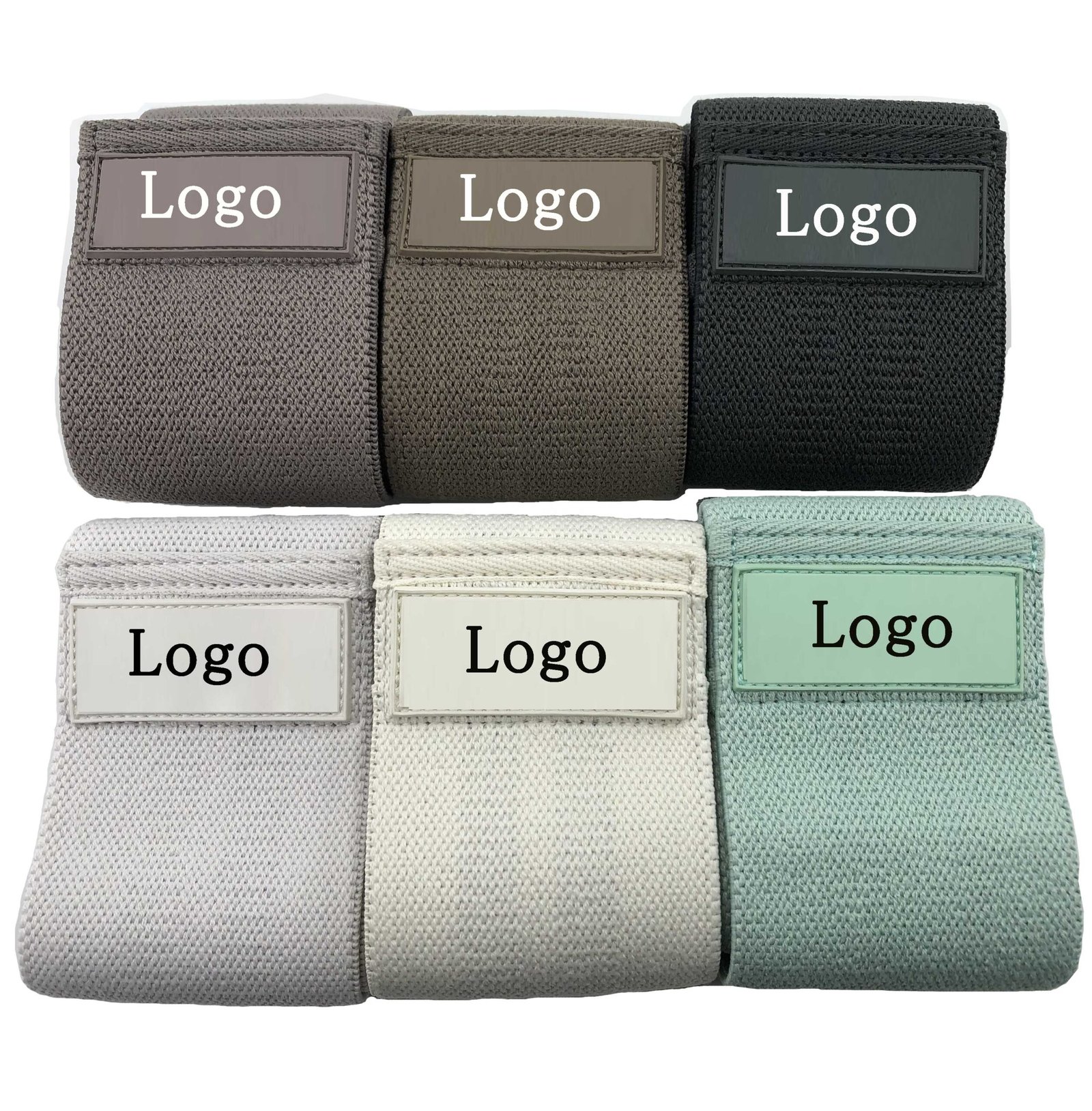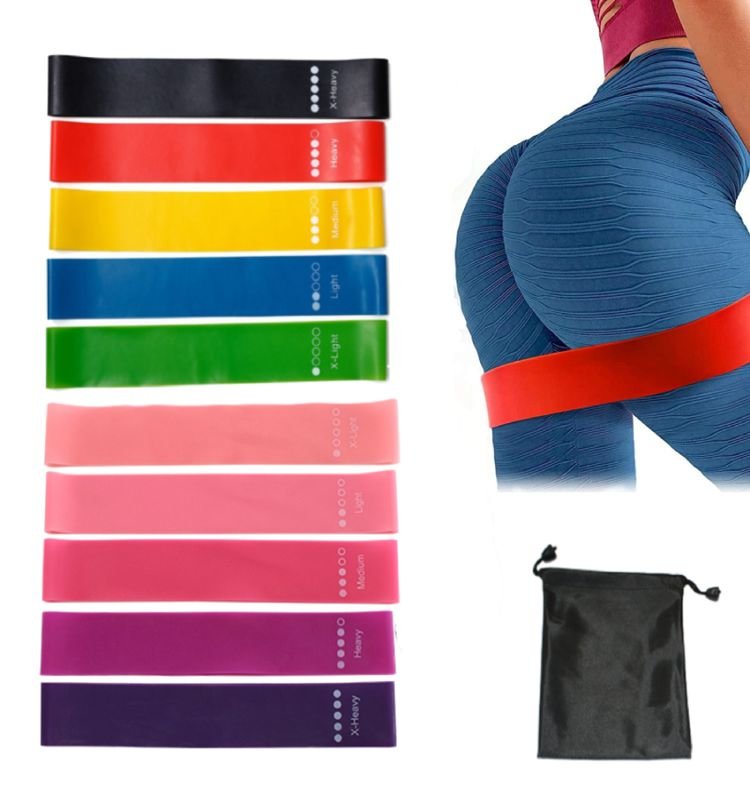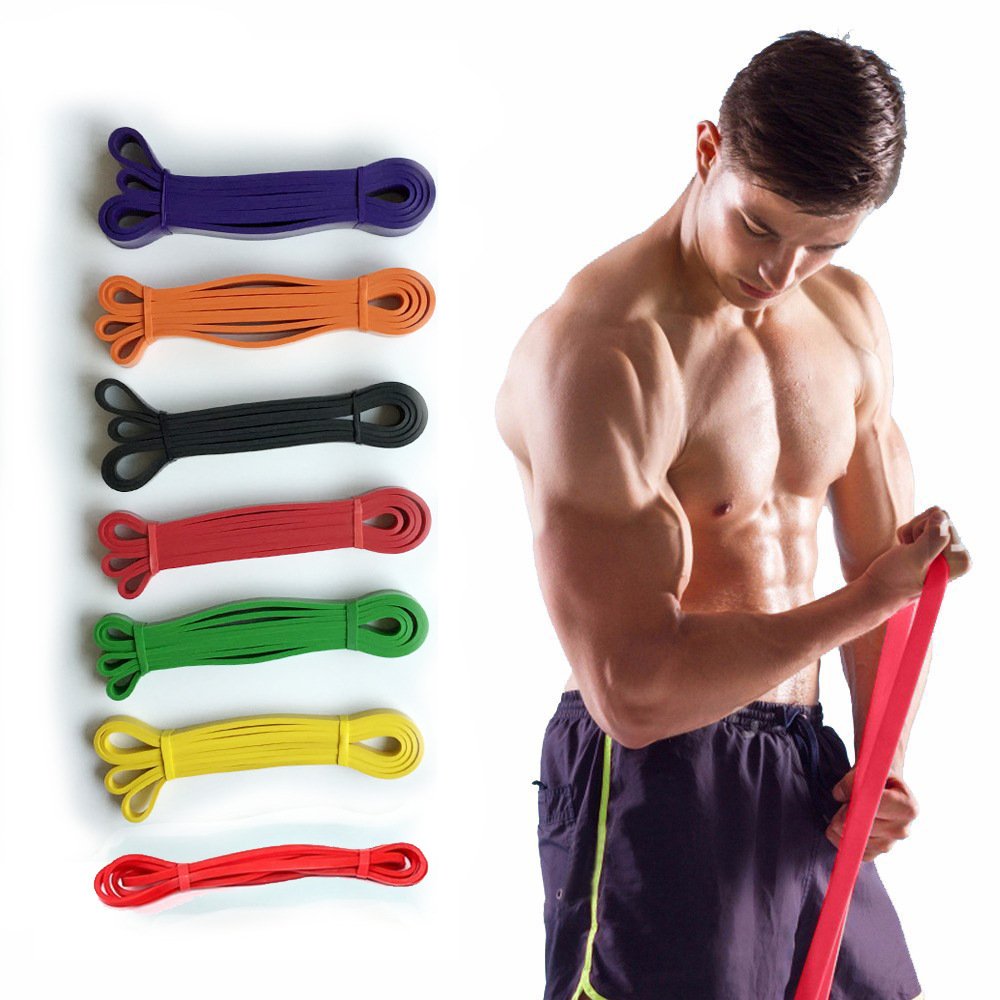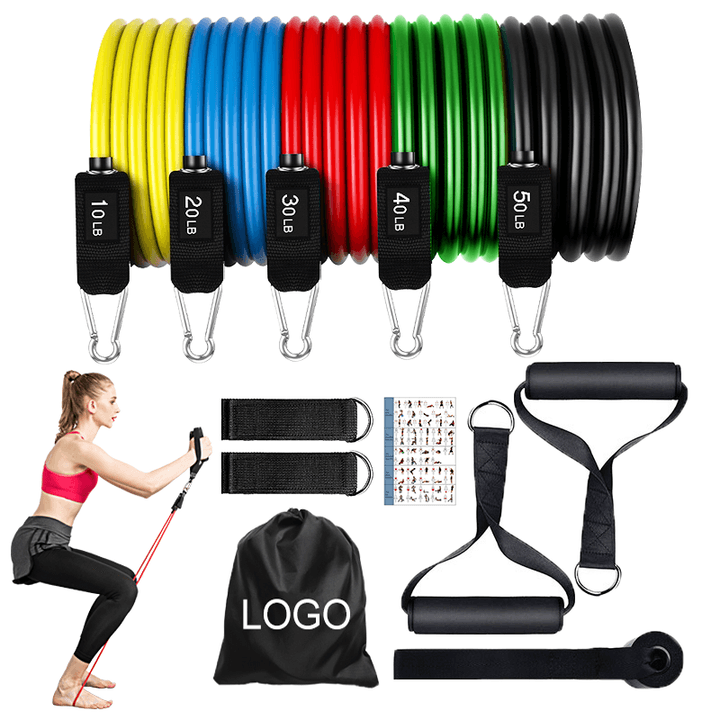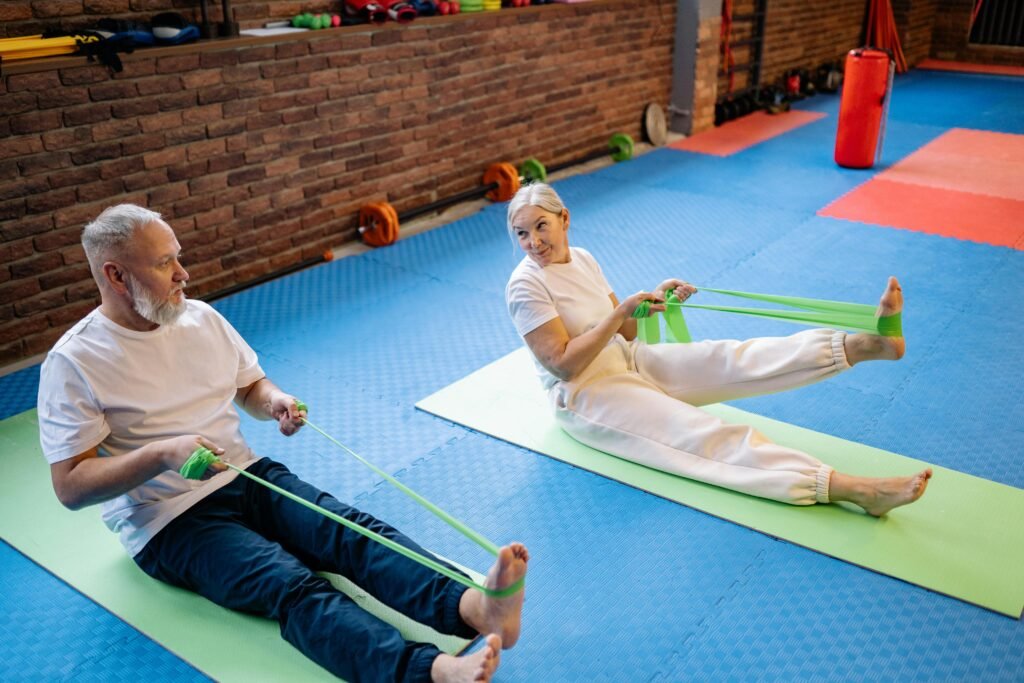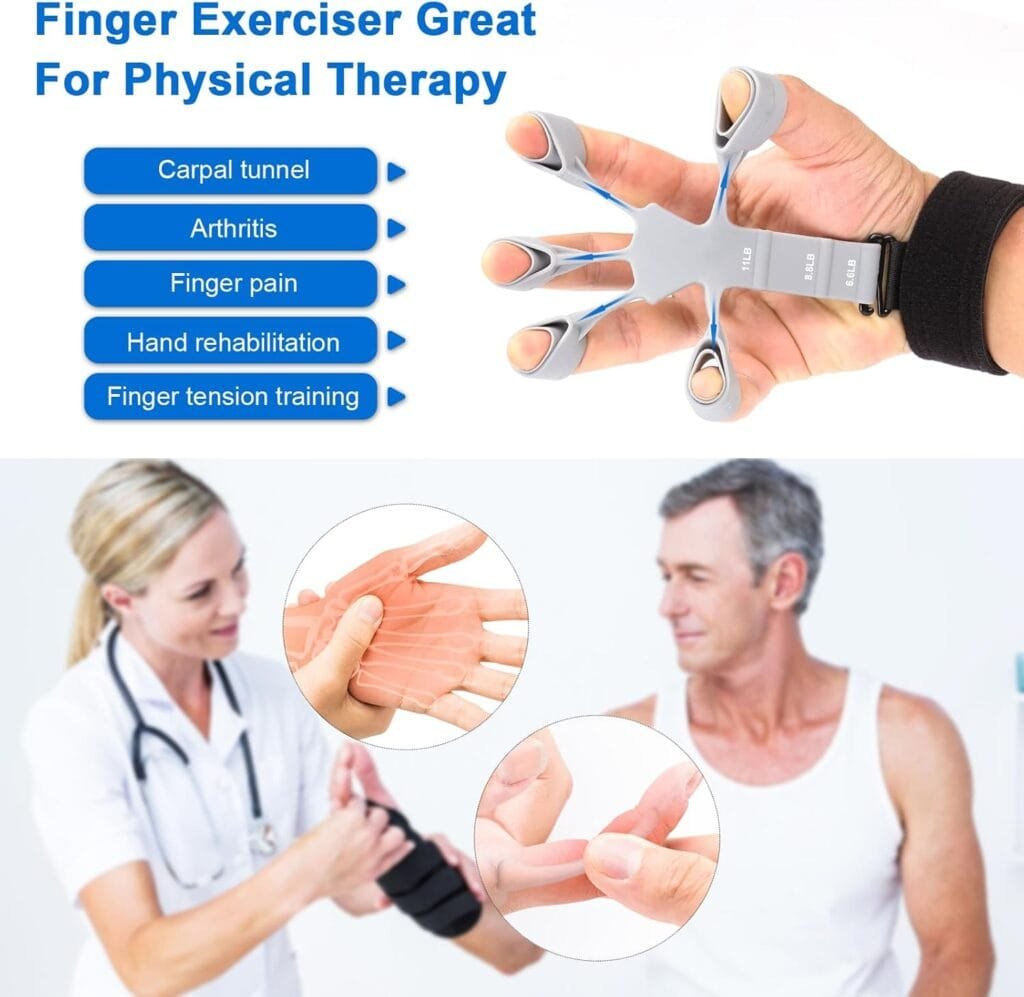What Are Resistance Bands?
Resistance bands are elastic bands made from durable, stretchy materials like latex or synthetic rubber. They come in various lengths, thicknesses, and resistance levels, making them highly versatile for different fitness levels and training goals. Unlike weights that rely on gravity to provide resistance, bands generate tension through their elasticity, providing resistance in both directions of the movement. This results in a more consistent and controlled form of exercise.
Types of Resistance Bands
Before diving into their effectiveness for muscle building, it’s important to understand the different types of resistance bands available:
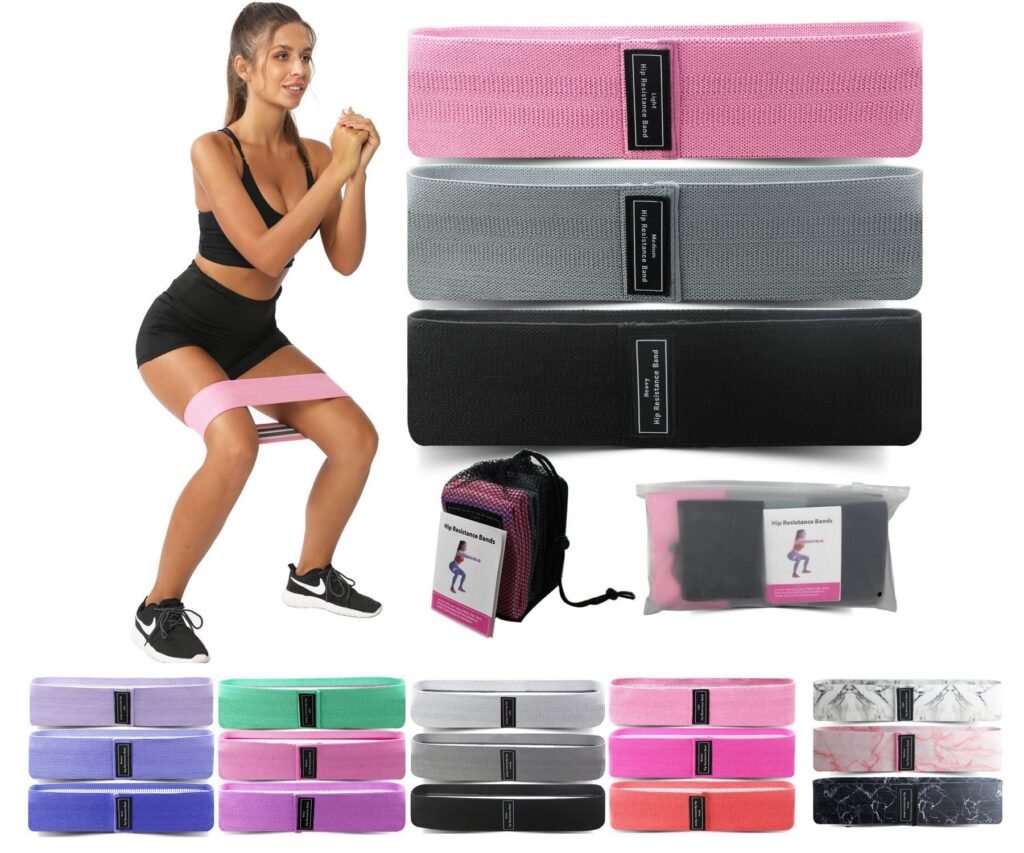
Loop Bands: These are continuous loops that come in different sizes. They are ideal for exercises that target the legs, hips, and glutes, but can also be used for upper body movements.
Tube Bands: These bands have handles and are often used for upper body exercises such as chest presses, shoulder presses, or rows.
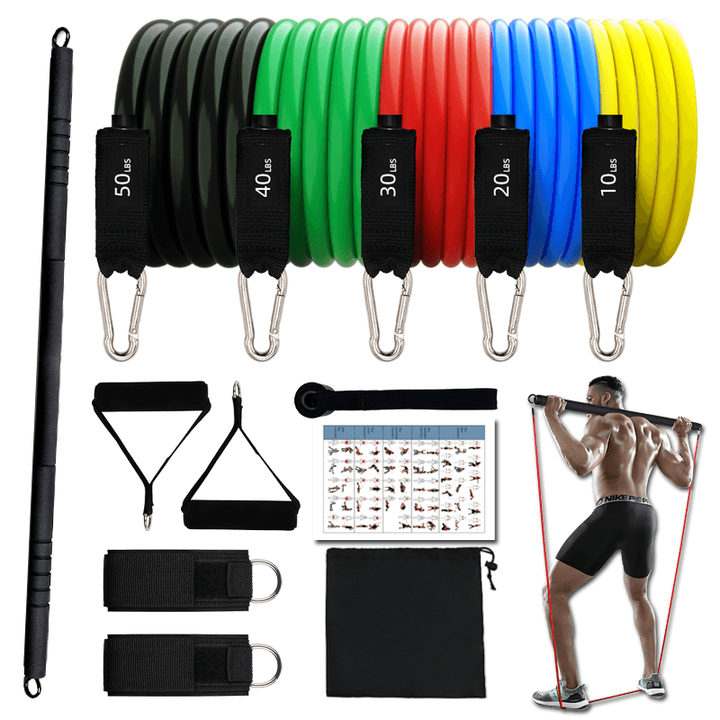

Mini Bands: Smaller versions of loop bands, mini bands are used to activate smaller muscle groups, especially in the lower body.
Therapy Bands: Lightweight, flat bands often used for rehabilitation purposes, but can also be useful for strength training beginners.
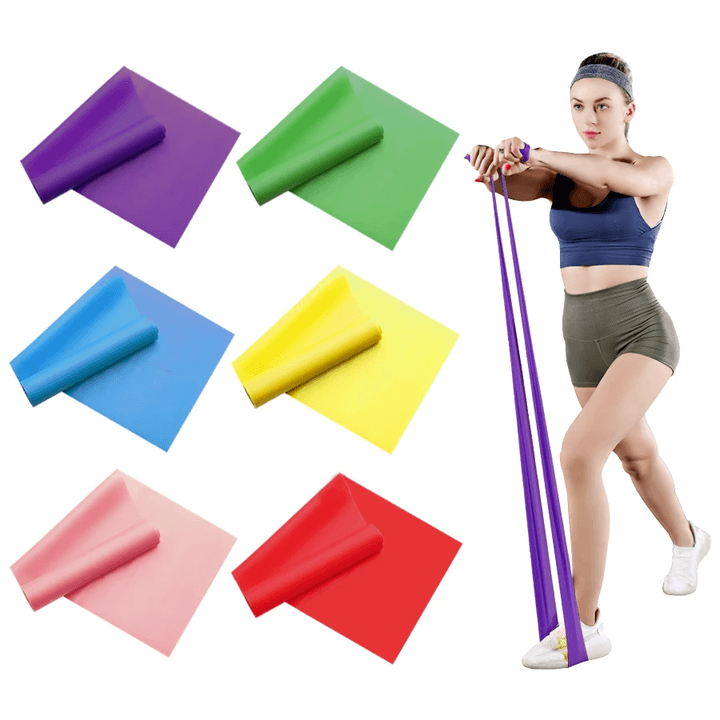
How Do Resistance Bands Build Muscle?
To understand how resistance bands contribute to muscle building, we need to first comprehend the fundamental principles of muscle growth, or hypertrophy. Muscles grow when they are exposed to tension, which causes micro-tears in muscle fibers. The body repairs these fibers, making them stronger and thicker over time. This process is called muscle adaptation, and resistance bands can play a significant role in stimulating this adaptation.
Here are some key ways resistance bands promote muscle growth:
- Progressive Resistance: Just like with free weights, resistance bands offer progressive resistance. As the band stretches further, the resistance increases, providing more tension and challenging the muscle through a full range of motion.
- Constant Tension: One of the unique advantages of resistance bands over traditional weights is that they provide constant tension throughout the movement. This means muscles are engaged during both the concentric (lifting) and eccentric (lowering) phases of the exercise. This constant tension results in a higher time under tension, which is critical for muscle hypertrophy.
- Range of Motion: Resistance bands encourage a full range of motion, which engages the muscles more thoroughly. When using free weights, the resistance typically lessens at the top or bottom of the movement, depending on the exercise. With resistance bands, the further you stretch, the harder it gets, ensuring that the muscle is working throughout the entire movement.
- Muscle Activation: Studies show that resistance bands can activate muscles just as effectively as free weights. They can target smaller, stabilizing muscles that are often underworked in traditional strength training routines. This improved muscle activation leads to balanced growth and injury prevention.
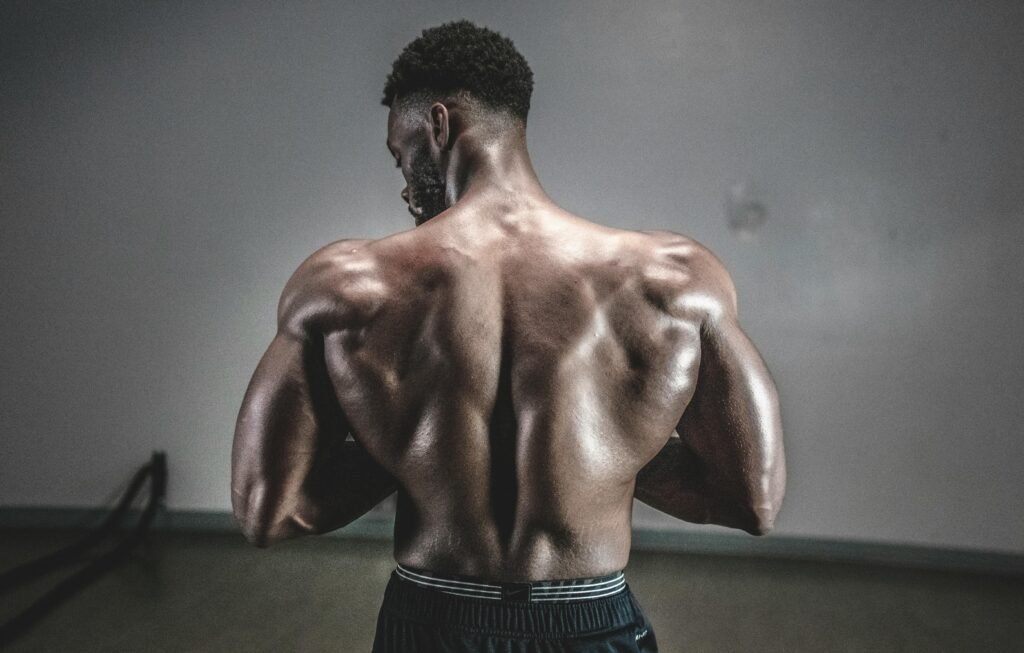
Benefits of Using Resistance Bands for Muscle Building
While there is no denying that free weights and machines are effective for building muscle, resistance bands bring their own set of unique advantages that make them an excellent tool for muscle development. Here are some of the primary benefits:
1. Portability and Convenience
Resistance bands are lightweight and easy to transport, making them perfect for people who travel frequently or have limited access to a gym. You can perform a full-body workout with just a few bands, which makes them a great option for home workouts, outdoor training, or even quick sessions in a hotel room.
2. Joint-Friendly Workouts
One of the biggest drawbacks of traditional weight training is the strain it can place on your joints, especially for beginners or those recovering from injuries. Resistance bands offer a much gentler way to build muscle, as the tension is more evenly distributed, and there is less impact on joints and ligaments. This makes them ideal for people of all fitness levels, including older adults or those with previous injuries.
3. Versatility
Resistance bands can be used for a variety of exercises that target every muscle group. Whether you want to work your chest, back, legs, or arms, bands can provide resistance for almost any movement. Additionally, they can be used for both strength and endurance training, as well as mobility and flexibility exercises, giving you a well-rounded workout tool.
4. Cost-Effective
Compared to dumbbells, barbells, and gym memberships, resistance bands are relatively inexpensive. You can purchase a set of high-quality resistance bands for a fraction of the price of traditional gym equipment. This makes them a budget-friendly option for those looking to build muscle without investing in costly equipment.
5. Scalability
Resistance bands come in varying levels of difficulty, making it easy to scale your workouts as you progress. Beginners can start with lighter bands, and as strength increases, they can move to bands with greater resistance. This scalability makes them suitable for all fitness levels.
6. Improved Mind-Muscle Connection
When using resistance bands, you are forced to control the tension throughout the entire movement, which naturally enhances your focus on the muscles being worked. This heightened awareness, known as the mind-muscle connection, can lead to better muscle activation and ultimately greater gains.
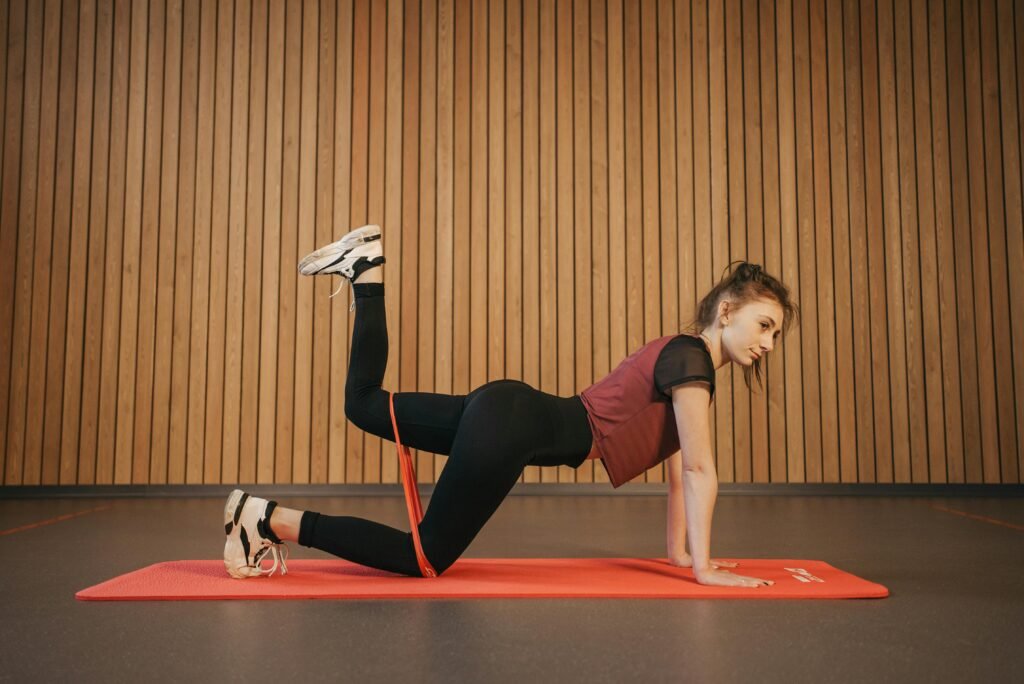
Are Resistance Bands Effective for All Muscle Groups?
Resistance bands can be effective for building muscle across all major muscle groups. Here’s a breakdown of how they work for different parts of the body:
1. Upper Body
- Chest: Exercises like resistance band chest presses and banded push-ups can effectively target the pectoral muscles. The added tension of the band ensures continuous engagement of the chest throughout the movement.
- Back: Resistance bands are great for back exercises like rows and lat pull-downs. The elastic nature of the band allows for a full range of motion, ensuring thorough activation of the lats, rhomboids, and trapezius muscles.
- Arms: Bicep curls, triceps extensions, and shoulder presses with resistance bands are perfect for isolating and growing arm muscles. The constant tension forces the arms to work harder, leading to muscle growth.

2. Lower Body
- Legs: Resistance bands are effective for squats, lunges, and glute bridges. The added tension forces the legs and glutes to work harder, promoting hypertrophy in these areas.
- Glutes: Mini bands are particularly effective for glute activation exercises such as clamshells, monster walks, and banded squats. They help isolate and target the glute muscles more effectively than traditional weightlifting.

3. Core
- Abs and Obliques: Resistance bands can also be used for core exercises like banded crunches, Russian twists, and woodchoppers. These exercises engage the core muscles and provide an extra challenge through resistance.
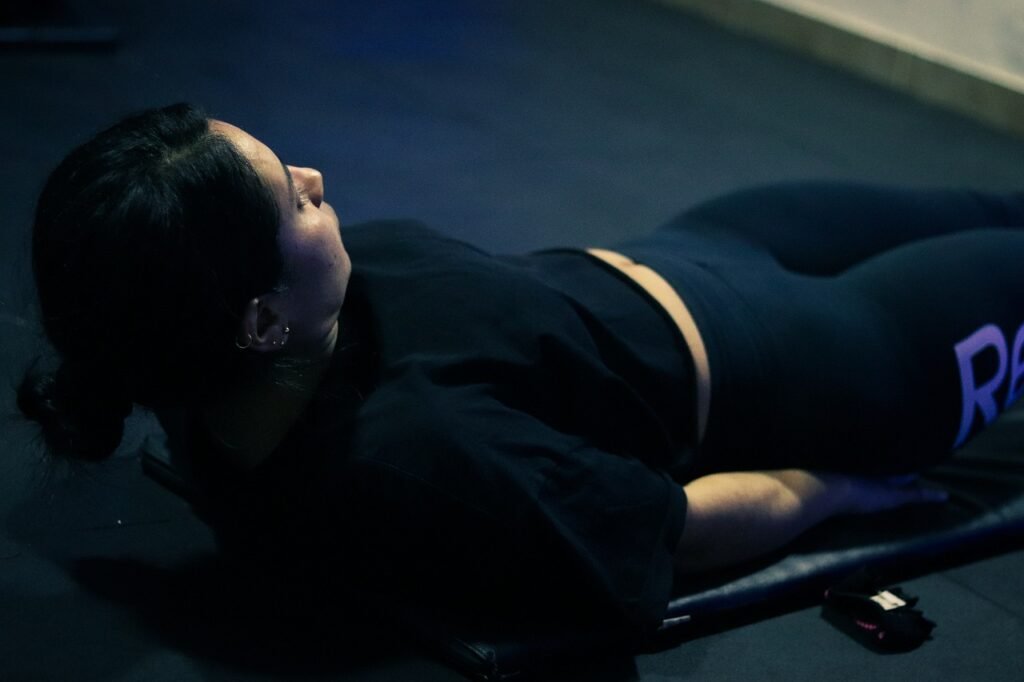
The Science Behind Resistance Bands and Muscle Growth
Several studies have investigated the effectiveness of resistance bands in building muscle, and the results are encouraging. Research published in the Journal of Sports Science & Medicine found that resistance band exercises elicited similar levels of muscle activation as traditional free weights in certain movements like squats, rows, and presses.
Additionally, a 2019 study in the European Journal of Applied Physiology found that resistance bands provided a significant stimulus for muscle growth when used in a progressive overload manner. This study confirmed that resistance bands can promote hypertrophy similarly to traditional weight training, provided that the muscles are worked to fatigue.
The key to building muscle with resistance bands, just like with weights, is applying the principle of progressive overload. This means gradually increasing the resistance over time to continue challenging the muscles and promoting growth. Resistance bands offer the flexibility to achieve this by incorporating different band strengths, modifying ranges of motion, or adding more repetitions.
Conclusion: Are Resistance Bands Good for Building Muscle?
In conclusion, resistance bands are an effective tool for building muscle. While they may not entirely replace heavy weightlifting for advanced lifters looking to maximize strength and size, they offer several benefits that make them a valuable addition to any workout routine. Their portability, versatility, joint-friendly nature, and ability to provide constant tension make them a powerful tool for muscle growth.
For beginners, resistance bands offer an accessible way to start strength training, and for more experienced athletes, they provide a useful supplement to traditional weightlifting. When used correctly and combined with a proper nutrition plan, resistance bands can help build muscle, improve strength, and enhance overall fitness.
Create anything
wholesale resistance band at a low price
